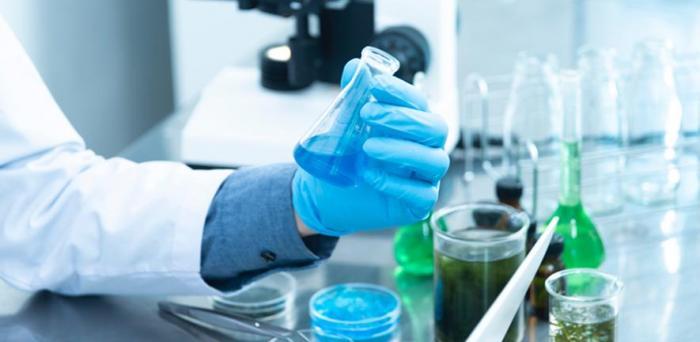The study, published in Nature Communications and led by Cambridge Earth Sciences’ Dr Giulio Lampronti, observed reactions as materials were pulverised inside a miniaturised grinding mill — providing new detail on the structure and formation of crystals.
Knowledge of the structure of these newly-formed materials, which have been subjected to considerable pressures, helps scientists unravel the kinetics involved in mechanochemistry. But they are rarely able to observe it at the level of detail seen in this new work.
The study also involved Dr Ana Belenguer and Professor Jeremy Sanders from Cambridge’s Yusuf Hamied Department of Chemistry.
Mechanochemistry is touted as a ‘green’ tool because it can make new materials without using bulk solvents that are harmful to the environment. Despite decades of research, the process behind these reactions remains poorly understood.
To learn more about mechanochemical reactions, scientists usually observe chemical transformations in real time, as ingredients are churned and ground in a mill — like mixing a cake — to create complex chemical components and materials.
Once milling has stopped, however, the material can keep morphing into something completely different, so scientists need to record the reaction with as little disturbance as possible — using an imaging technique called time-resolved in-situ analysis to essentially capture a movie of the reactions. But, until now, this method has only offered a grainy picture of the unfolding reactions.
By shrinking the mills and taking the sample size down from several hundred milligrams to less than ten milligrams, Lampronti and the team were able to more accurately capture the size and microscopic structure of crystals using a technique called X-ray diffraction.
Image: Person in laboratory holding a flask
Credit: Photo by Chokniti Khongchum from Pexels
Reproduced courtesy of the University of Cambridge
